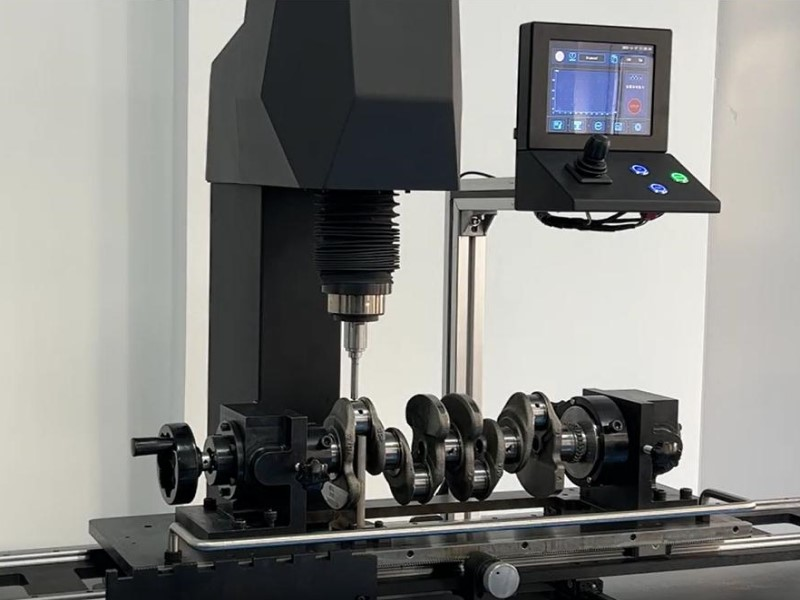The crankshaft journals (including main journals and connecting rod journals) are key components for transmitting engine power. In accordance with the requirements of the national standard GB/T 24595-2020, the hardness of the steel bars used for crankshafts must be strictly controlled after quenching and tempering. Both domestic and international automotive industries have clear mandatory standards for the hardness of crankshaft journals, and hardness testing is an essential procedure before the product leaves the factory.
According to GB/T 24595-2020 Steel Bars for Automobile Crankshafts and Camshafts, the surface hardness of crankshaft journals shall meet the requirement of HB 220-280 after quenching and tempering.
The standard ASTM A1085 (issued by the American Society for Testing and Materials, ASTM) stipulates that the hardness of connecting rod journals for passenger car crankshafts shall be ≥ HRC 28 (corresponding to HB 270).
Whether from the perspective of the production side in avoiding rework costs and protecting quality reputation, the user side in preventing shortened engine service life and failure risks, or the after-sales side in avoiding safety accidents, it is imperative to prohibit substandard products from entering the market and conduct crankshaft hardness testing in strict accordance with the standards.

The Rockwell hardness tester specialized for crankshafts produced by our company realizes fully automated functions such as the movement of the crankshaft workbench, testing, and data transmission. It can quickly perform Rockwell hardness tests (e.g., HRC) on the hardened layers of various parts of the crankshaft.
It utilize an electronic closed-loop control system for loading and testing, this tester is fully automated with one button (approaching the workpiece, applying load, maintaining load, reading, and releasing the workpiece are all done automatically, eliminating human error).
The crankshaft clamping system offers automatic and manual forward and backward movement, with selectable left, right, and up and down motions, allowing measurement of any crankshaft location.
An optional crankshaft position lock provides convenient self-locking, eliminating the risk of workpiece slippage during measurement.
Post time: Oct-13-2025







